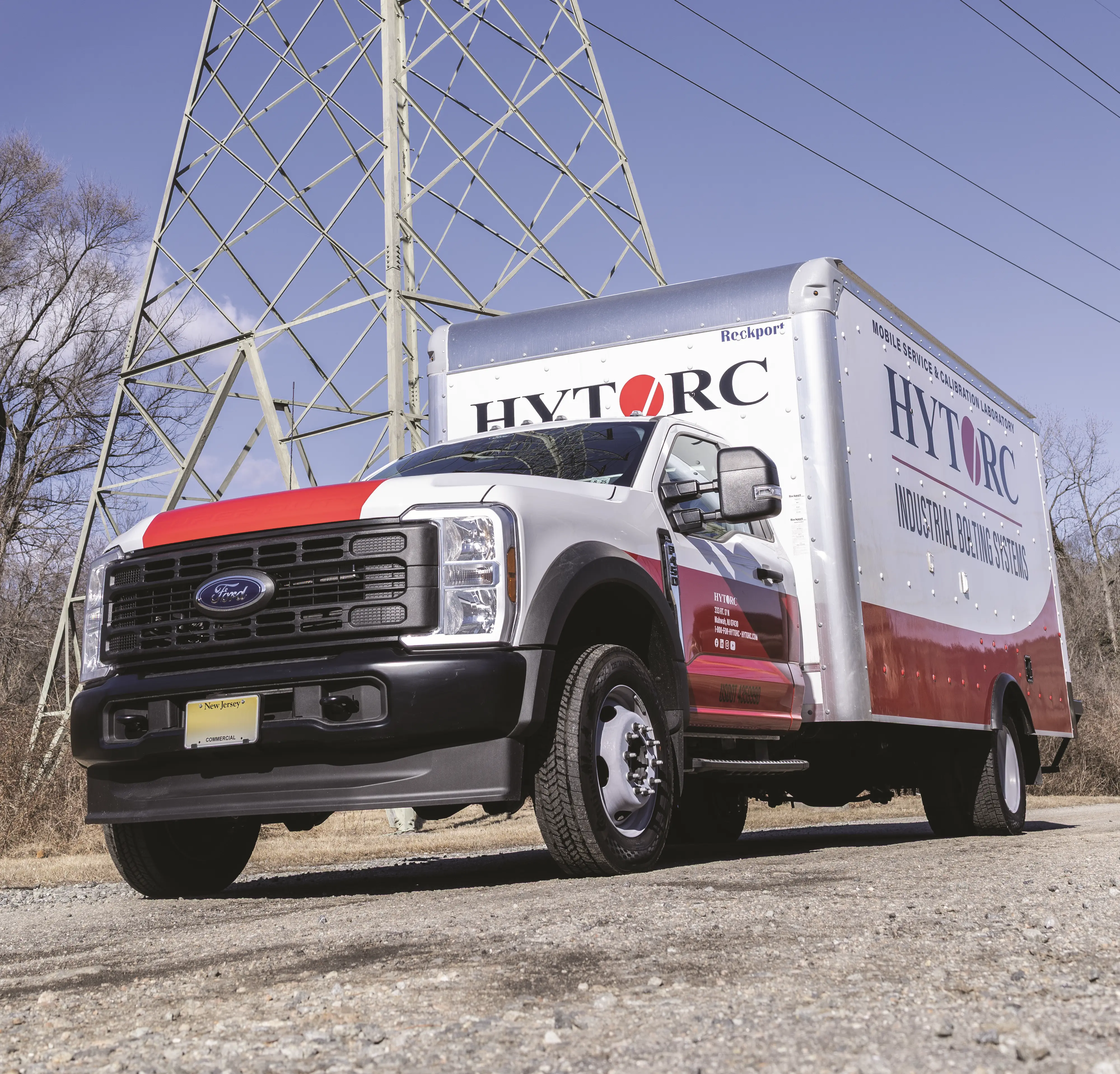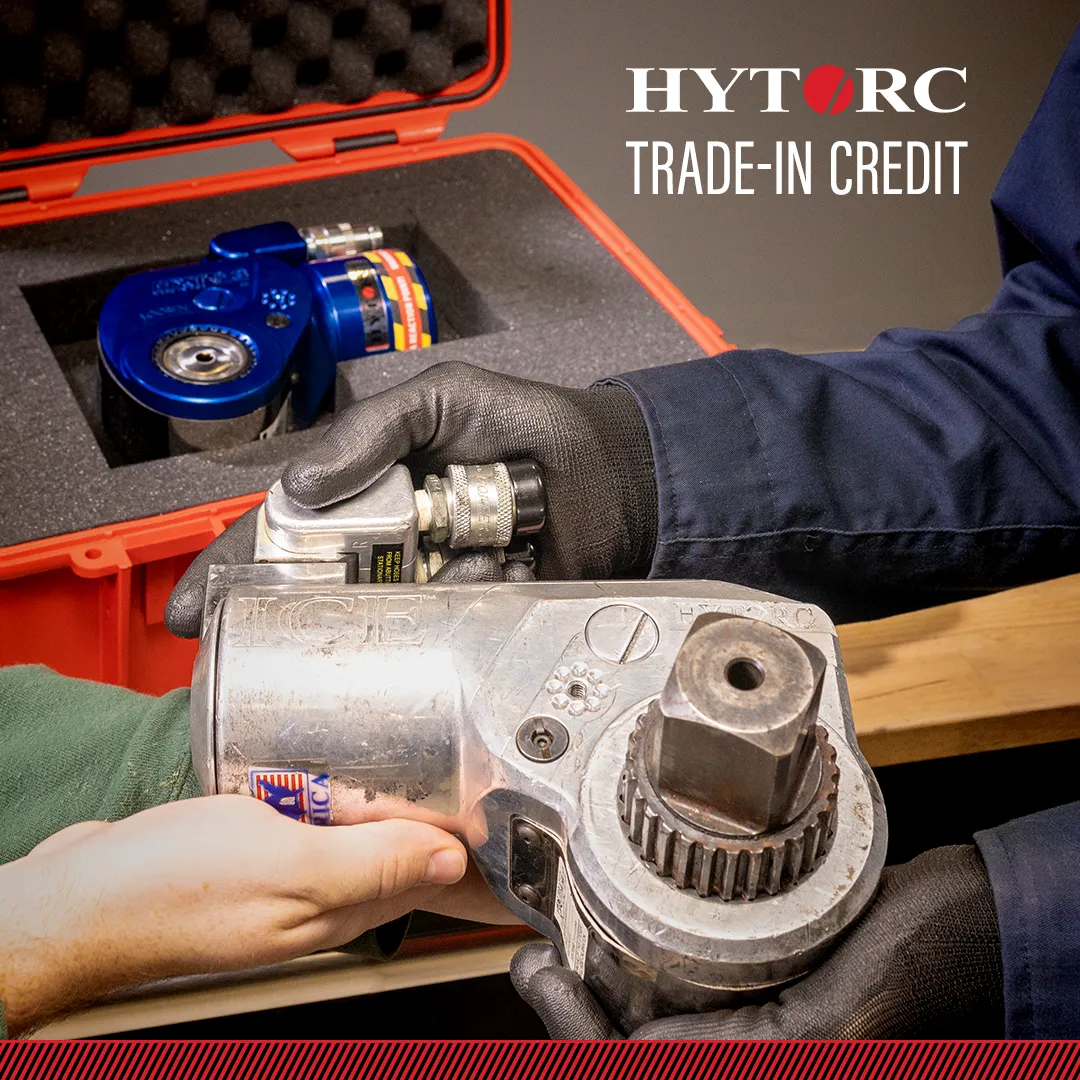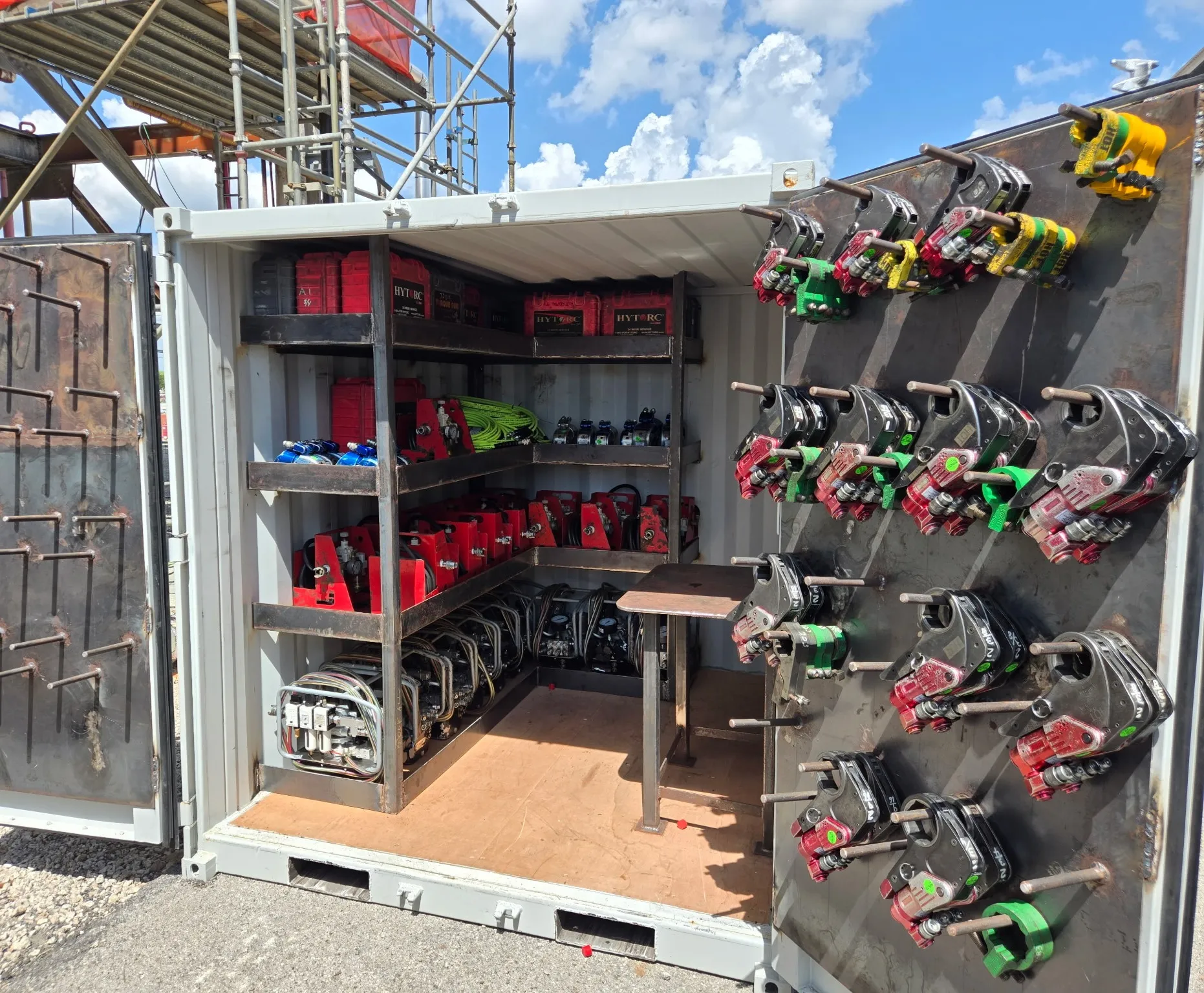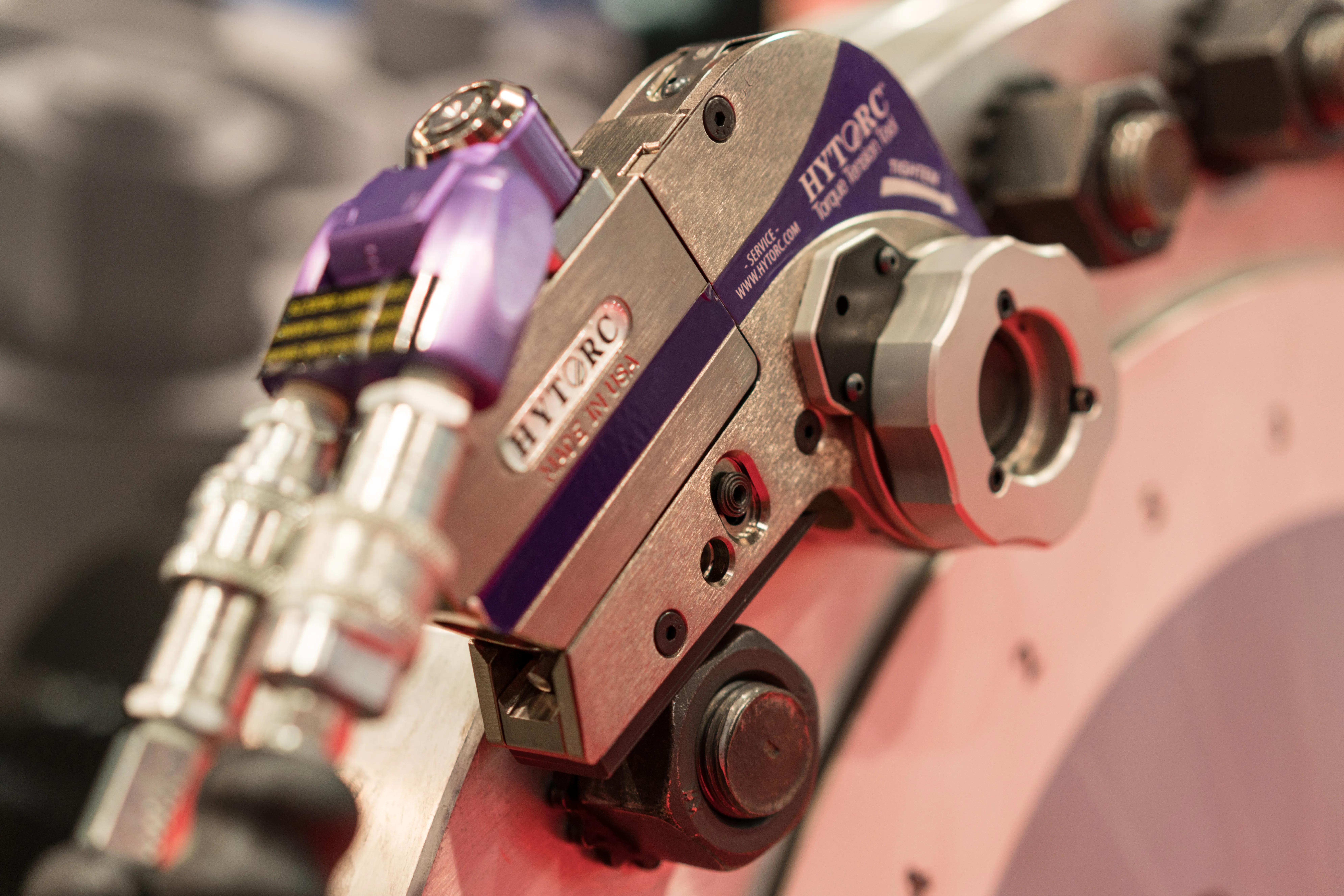5 Signs Your Bolting Tools Need Servicing Sooner Rather Than Later
In high-pressure industrial environments, even a few minutes of downtime can cost thousands. That’s why keeping your bolting tools in peak condition isn’t just smart—it’s essential. Whether you’re using hydraulic torque wrenches, pneumatic torque guns, or electric tensioners, early warning signs of wear or malfunction should never be ignored.
Tool accuracy issues aren’t something to gamble with.
Here are five clear indicators that your bolting tools need servicing—before minor issues turn into major problems.
1. Inconsistent Torque or Tension
Precision is non-negotiable. If your tools are delivering inaccurate torque, you could be facing calibration drift, internal wear, or seal degradation. These issues can compromise joint integrity and lead to leaks, structural failures, or costly rework.
Watch for:
- Under- or over-torqued fasteners
- Frequent readjustments
- Failed quality control checks
Tip: Schedule regular calibration checks and act fast if accuracy drops between intervals.
2. Strange Noises or Vibrations
Unusual sounds coming from your torque tools are more than just annoying—they’re warning signs. Grinding, screeching, or rattling often point to internal damage, misalignment, or lubrication issues.
Listen for:
- Grinding (gear issues)
- Squealing (lack of lubrication)
- Rattling (loose components)
- Hissing (air leaks in pneumatic tools)
Quick Fix Myth: More lubricant won’t fix the root cause. Only a certified technician can properly diagnose and repair the issue.
3. Hydraulic Fluid Leaks
Hydraulic fluid leaks are a clear sign your tool, pump, or hose needs immediate attention. Even small leaks reduce pressure and performance, increasing cycle times and safety risks.
Look for:
- Puddles or wet spots near seals or fittings
- Decreased fluid levels
- Persistent sheen on tool surfaces
Safety Note: Hydraulic fluid can be flammable and cause skin irritation. Address leaks promptly to avoid accidents and equipment damage.
4. Slow or Sluggish Performance
If your tool is slowing down, it’s not just a speed issue—it’s a symptom of deeper problems.
Possible causes:
- Contaminated hydraulic fluid
- Valve block issues
- Internal component fatigue
- Low air pressure or clogged filters
Why It Matters: Sluggish tools reduce productivity and increase the risk of failure. Servicing restores performance and prevents further damage.
5. Visible Damage or Wear
Cracked casings, frayed cables, rust, or loose fittings are all signs your tool may be nearing the end of its service life. Just because it “still works” doesn’t mean it’s safe.
Inspection checklist:
- Check sockets for rounding or chips
- Examine ratchet mechanisms for smooth operation
- Inspect hydraulic components for leaks or corrosion
Tip: Doing preventative maintenance, like regular visual inspections of your torque tools, can catch issues early and prevent costly repairs or replacements.
When Was Your Last Service?
Even if your tools seem fine, if it’s been a while since their last service or calibration, it’s time to schedule one. Skipping recommended service intervals increases the risk of unexpected failures.
Recognizing these five signs is the first step toward extending the life of your bolting tools and protecting your team. Proactive servicing saves time, money, and ensures your equipment performs when it matters most.
Need expert help? HYTORC offers certified repair and maintenance services for hydraulic, pneumatic, and electric torque tools. We’ll get your tools back in action—fast.
📞 Contact us today to schedule your tool maintenance and keep your operations running safely and smoothly.



